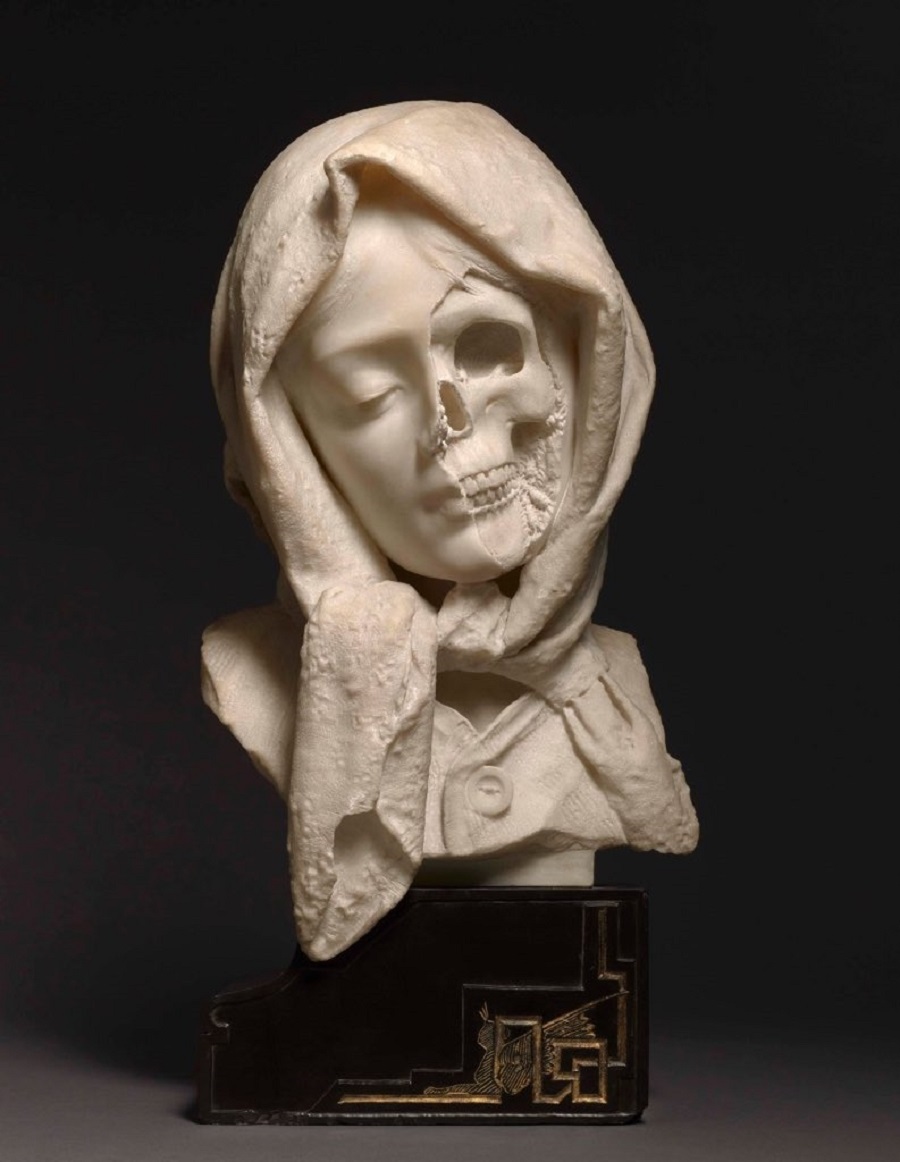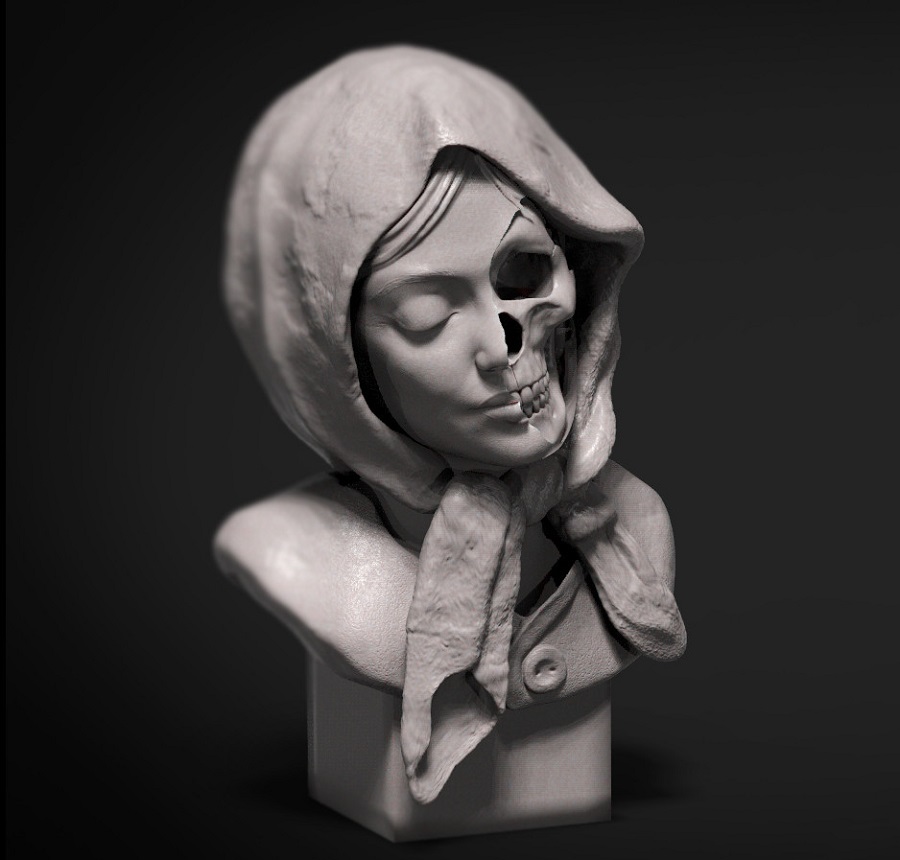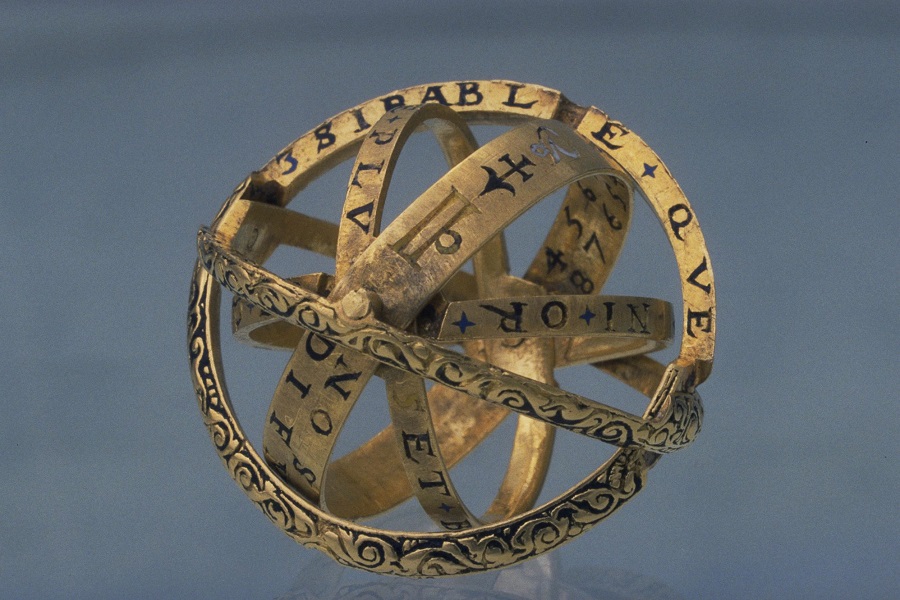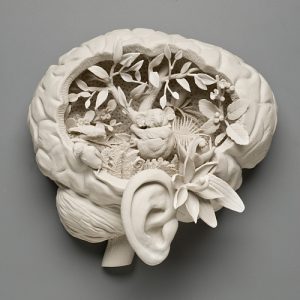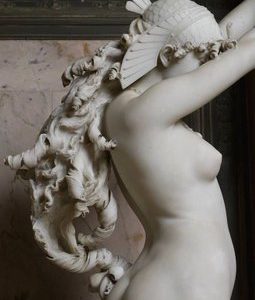Vanitas sculptures are a type of artwork that emerged in Europe during the 16th and 17th centuries, particularly in the Netherlands and Germany. They are a subgenre of still life painting and are characterized by their symbolic representation of the transience and fragility of human life and material possessions.
Vanitas sculptures typically feature an arrangement of objects such as skulls, hourglasses, wilted flowers, extinguished candles, books, musical instruments, and various types of food and drink. These objects are carefully selected and arranged to convey the idea that earthly pleasures and material possessions are fleeting and ultimately meaningless in the face of death.
Vanitas sculptures were often created as a reminder of the Christian belief in the afterlife and the importance of spiritual preparation for death. They were popular among artists of the Baroque period and were often depicted in still life paintings as well. Vanitas sculptures continue to be a popular subject for contemporary artists today.
Read more about Vanitas Sculptures here.
See more European artworks here.


